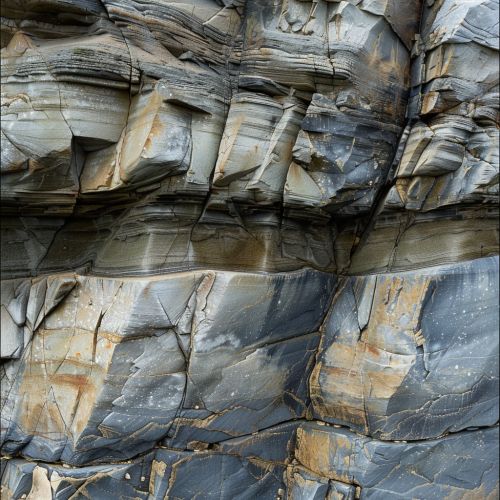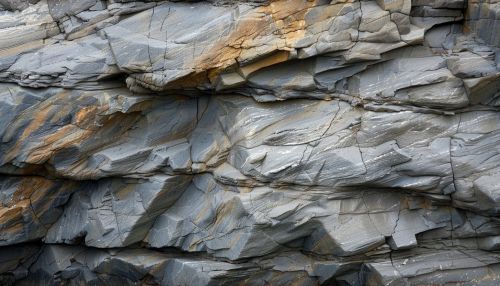Compression (geology)
Introduction
Compression is a fundamental concept in the field of geology. It refers to the process by which rocks, sediments, and other geological materials are subjected to stress, resulting in deformation or changes in their physical properties and structure. This process plays a crucial role in the formation of various geological structures, including mountain ranges, folded rocks, and fault zones.
Mechanics of Compression
The mechanics of compression in geology involve the application of stress on a geological material. This stress can be caused by various factors, such as tectonic forces, gravitational forces, and the weight of overlying materials. When the stress applied to a geological material exceeds its strength, it may undergo deformation. This deformation can occur in the form of folding, faulting, or fracturing, depending on the nature of the stress and the properties of the material.


Types of Stress
In geology, there are three main types of stress: compressional stress, tensional stress, and shear stress. Compressional stress, which is the focus of this article, occurs when a material is subjected to forces that push it in opposite directions. This type of stress is responsible for the formation of many geological structures, such as anticlines, synclines, and thrust faults.
Effects of Compression
The effects of compression on geological materials can be observed at various scales, from microscopic changes in the structure of minerals to large-scale deformations of the Earth's crust. These effects include, but are not limited to, changes in the density and porosity of rocks, the formation of folds and faults, and the metamorphism of rocks.
Compression and Plate Tectonics
Compression plays a significant role in the theory of plate tectonics, which describes the large-scale movements of the Earth's lithosphere. The boundaries where tectonic plates collide, known as convergent boundaries, are sites of intense compressional stress. This stress leads to the formation of major geological features, such as mountain ranges and deep-sea trenches.
Compression and Rock Deformation
The deformation of rocks under compressional stress is a complex process that involves both elastic and plastic deformation. Elastic deformation occurs when a rock returns to its original shape after the stress is removed, while plastic deformation results in permanent changes to the rock's shape. The extent and nature of deformation depend on various factors, including the type and intensity of stress, the temperature and pressure conditions, and the properties of the rock.
Compression and Metamorphism
Compression is also a key factor in the process of metamorphism, which involves the transformation of rocks under conditions of high temperature and pressure. Under compressional stress, rocks can undergo recrystallization, resulting in the formation of new minerals and textures. This process can lead to the creation of various types of metamorphic rocks, such as gneiss and schist.
Conclusion
In conclusion, compression is a fundamental process in geology that results in the deformation of rocks and other geological materials. It plays a crucial role in the formation of various geological structures and features, and is integral to our understanding of the Earth's dynamic processes.
